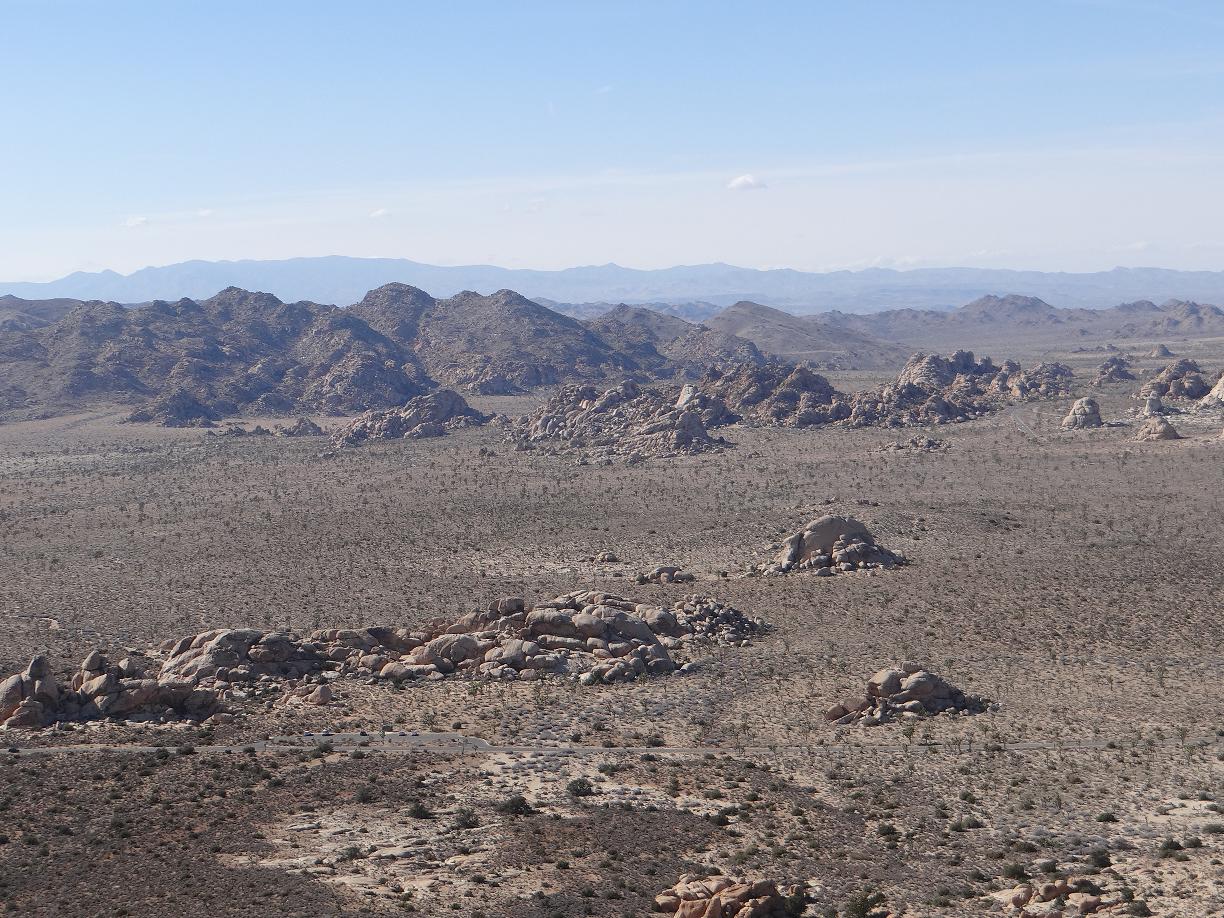Visitors to Idyllwild are drawn to the different views of Tahquitz Rock or Lily Rock as some people call it. Tahquitz is named after the Cahuilla god, Tahquish, who was believed to be responsible for thunder, lightning and earthquakes.
At 8,828 feet, on the highest point, Tahquitz Peak, a historic fire lookout tower was built in 1937. It is one of seven lookout towers in the San Bernardino National Forest that is staffed by trained volunteers from Memorial Day through November.
Eight volunteers climbed the mountain this weekend to open up the tower for the upcoming season.
This fire lookout tower is the only one in the San Jacinto Wilderness. Unlike the other towers, it can only be reached by hiking 4 1/2 miles. The other towers can be reached by car.
Because it is in the wilderness, maintenance takes more effort since supplies need to be carried up.
The shutters to the windows were raised; the windows were cleaned; the equipment was set up.
Reporting the weather conditions, reporting smoke and recording lightning strikes are the main duties of Fire Lookout Hosts. The Osborne Fire Finder is the main tool used to identify the location of smoke if it is sighted.
The fire look out towers were originally staffed by
USDA Forest Service employees. Beginning in the seventies, they were closed one by one. Tahquitz Peak tower was the last to close in 1993. In the same year, The Southern California Mountain Foundation, a nonprofit organization was established to assist the Forest Service. The Fire Lookout Hosts program began and in 1998, the Tahquitz Peak Lookout tower was opened once again staffed with volunteers.
Hiking up to Tahquitz Peak is challenging but well worth it. For kids who make the hike, they are presented a "Squirrel Card". Everyone, however, wants one.
Beyond the nearby mountains and valleys, one can see to the desert, to the Salton Sea and to the Pacific Ocean on a clear day. The views are magnificent and inspiring. However, it is the journey that one remembers not just the destination.



















































